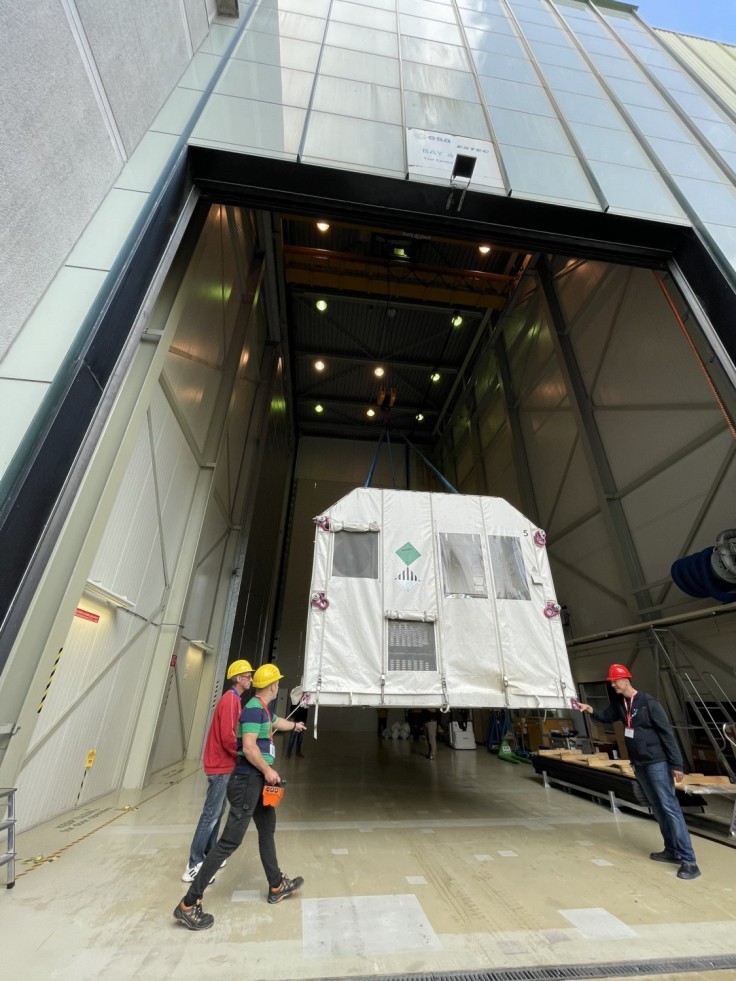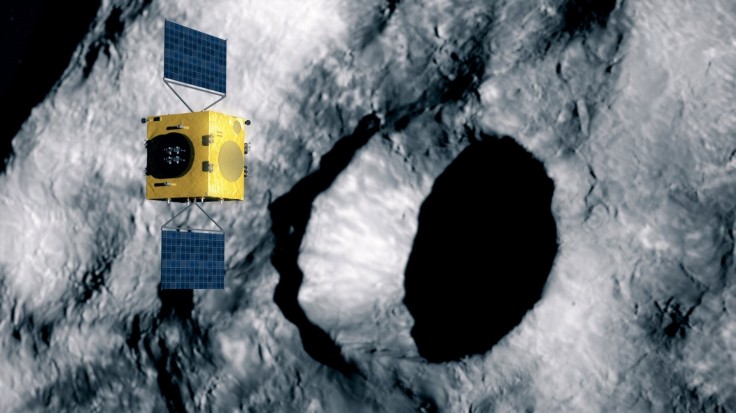The European Space Agency (ESA) is paying a visit to Dimorphos.
The space agency recently announced it's launching its Hera asteroid mission for planetary defense to survey the impact zone of NASA's Double Asteroid Redirection Test (DART) mission on the asteroid.
NASA's DART mission successfully diverted Dimorphos' trajectory in late 2022, modifying its orbit permanently and showing the world that NASA is ready for whatever the universe throws at it.
Studying DART's effects on Dimorphos

The ESA mentioned in its latest blog post that its preparations for its Hera asteroid mission were going smoothly. Its Hera spacecraft had safely arrived at the European Space Research and Technology Center Test Center (ESTEC) in Noordwijk, the Netherlands - largest satellite test site in Europe.
The space agency revealed that the van-sized spacecraft was driven overnight from Bremen, Germany, to Noordwijk while cocooned inside an environmentally controlled container. However, workers at the Test Center couldn't remove the spacecraft from its container upon its arrival.
As such, the container was lifted from its transport vehicle and left in the Test Center's airlock overnight to allow dust to settle. The process also allows internal and external humidity to equalize before the container can be taken into the cleanroom area, where the Hera spacecraft can be removed from its container safely.
The arrival of the Hera spacecraft in the ESTEC Test Center is an achievement for ESA experts, such as Hera lead system engineer Paolo Martino. According to Martino's statement, Hera's arrival is "an emotional moment" for its team as it took three years to reach such a point.
"This is an extremely short timespan to have a complete deep space mission ready for testing, but we did it - now the next step is to fully check its fitness for spaceflight for its launch in October 2024," Martino explained.
The ESA plans to launch its Hera satellite into space as Europe's contribution to an international planetary defense experiment. The mission involves sending the Hera spacecraft to meet up with the asteroid Dimorphos - the same one NASA's DART mission diverted in Sept. 2022 - and studying the mission's effects on it.
Specifically, the ESA intends to measure the mass and make-up of Dimorphos and Didymos, the asteroid Dimorphos orbits around. The data the Hera spacecraft gathers will help turn the international planetary defense experiment into a "well-understood technique" that humanity could repeat if ever needed to safeguard Earth from near-Earth objects.
ESA Hera spacecraft Specifications

The ESA's Hera spacecraft is due for launch in Oct. 2024, according to mission manager Ian Carnelli's statement, per an earlier ESA blog post. The space agency equipped the spacecraft with automated guidance, navigation, and control, allowing it to safely navigate the double-asteroid system that is the Dimorphos and Didymos asteroids.
Hera's desk-sized body carries instruments necessary to complete its mission, such as an optical Asteroid Framing Camera for surface mapping. The ESA installed thermal and spectral imagers and a laser altimeter to supplement the camera's operations.
The spacecraft will also deliver a pair of shoebox-sized CubeSats, called Juventas and Milani, to Dimorphos' vicinity. The former will perform the first-ever radar probe of an asteroid's interior and measure the asteroid's ultra-low gravity and surface mechanical response.
Meanwhile, Milani will perform near-infrared spectral imaging and sample asteroid dust.
Related Article : NASA's DART Successfully Shortens the Orbit of Dimorphos









